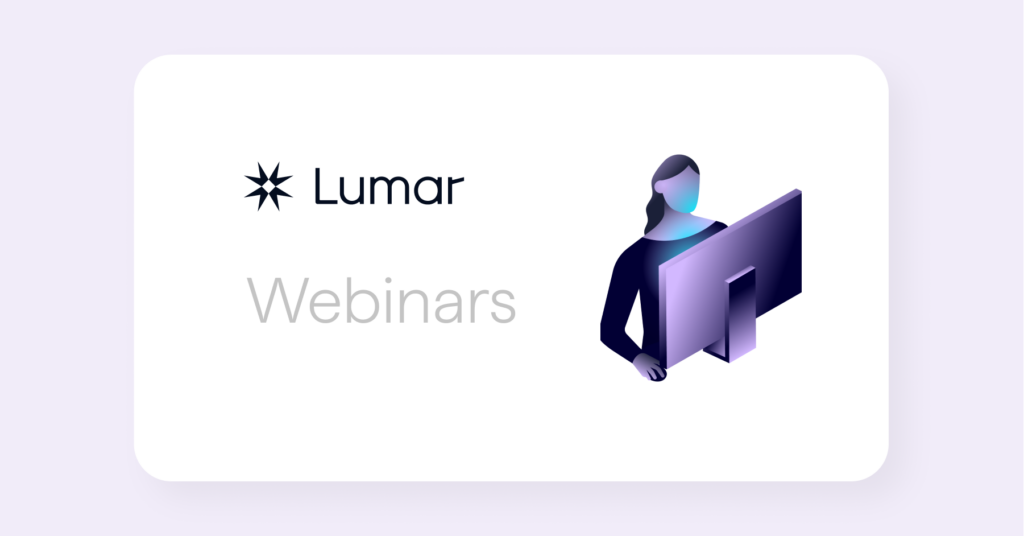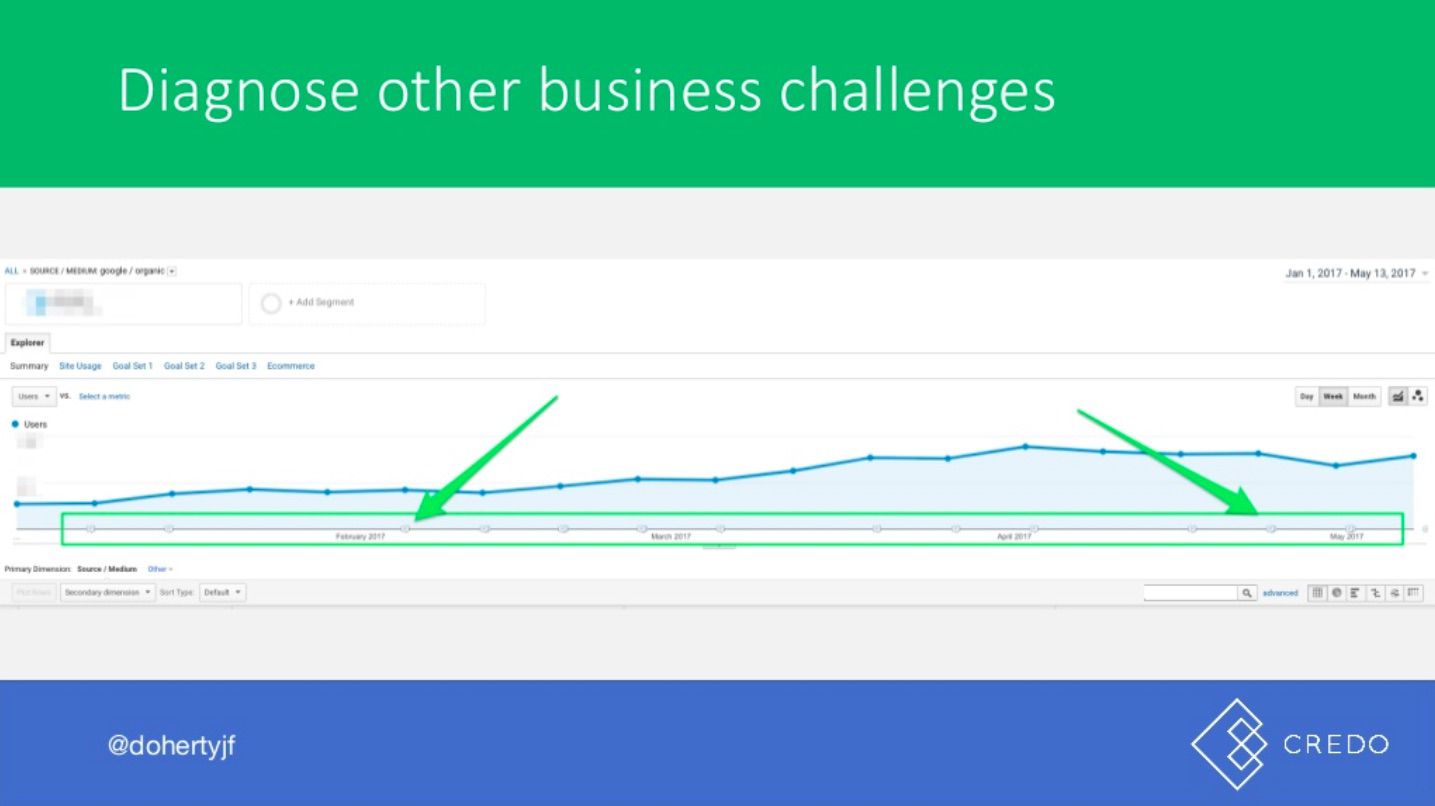Keeping on top of your website and being able to track the impact of changes is invaluable for an SEO. Whether you’re responsible for many different sites or one enterprise site, you need to be able to know what’s going on and come back with answers and solutions when things go wrong, as well as knowing what you did right to be able to replicate that success in future.
This is why we invited John Doherty, Founder and CEO of Credo, to walk us through the ins and outs of SEO monitoring. With a history of managing sites with up to 7 figures of URLs indexed, we knew he was the person for the job. During this webinar John spoke with Jon Myers all about what site monitoring is, why it’s important, and what you need to be monitoring. We’ve written up all of the key takeaways in this recap including the slides John presented and a full recording of the webinar if you’d like to revisit them.
A big thank you to John for his presentation and insightful answers, Jon for hosting, and to everyone who attended and asked great questions. We hope you enjoyed it!
Just watched @dohertyjf give a sweet presentation on SEO monitoring. Even though we already have a pretty good system in place it’s so assuring to know that we’re going in the right direction! Good spot @DeepCrawl!
— Brynna Baldauf (@thelittlebry) August 29, 2018
Here’s the full recording of the webinar:
Here are John’s slides:
The importance of SEO monitoring
As the web has grown, SEO has evolved and changed drastically over the years and it’s getting harder to get results due to its complexity. There are so many different things we need to do to be able to rank these days. The basics like keywords still matter, but we need to consider more intricate things like intent, rich snippets etc. This means we need budget to be able to go after these complex issues, and SEO monitoring allows you demonstrate the value of SEO work which can get you that buy-in.
It’s especially important to monitor what’s happening with your site so you’re ready with answers at hand when you’re approached with questions around performance from your boss or CEO. If they come to you with problems you’ll have the knowledge of your site to be able to provide solutions. For example, if the CEO asks you, “What could we do that would have the biggest impact for our business?” you’ll have the answer if you’ve been monitoring it well because you’ll know the details of your site and where the biggest opportunities lie.
It can feel overwhelming to keep on top of site performance and health, especially for a site that’s growing and being changed by different teams all the time.
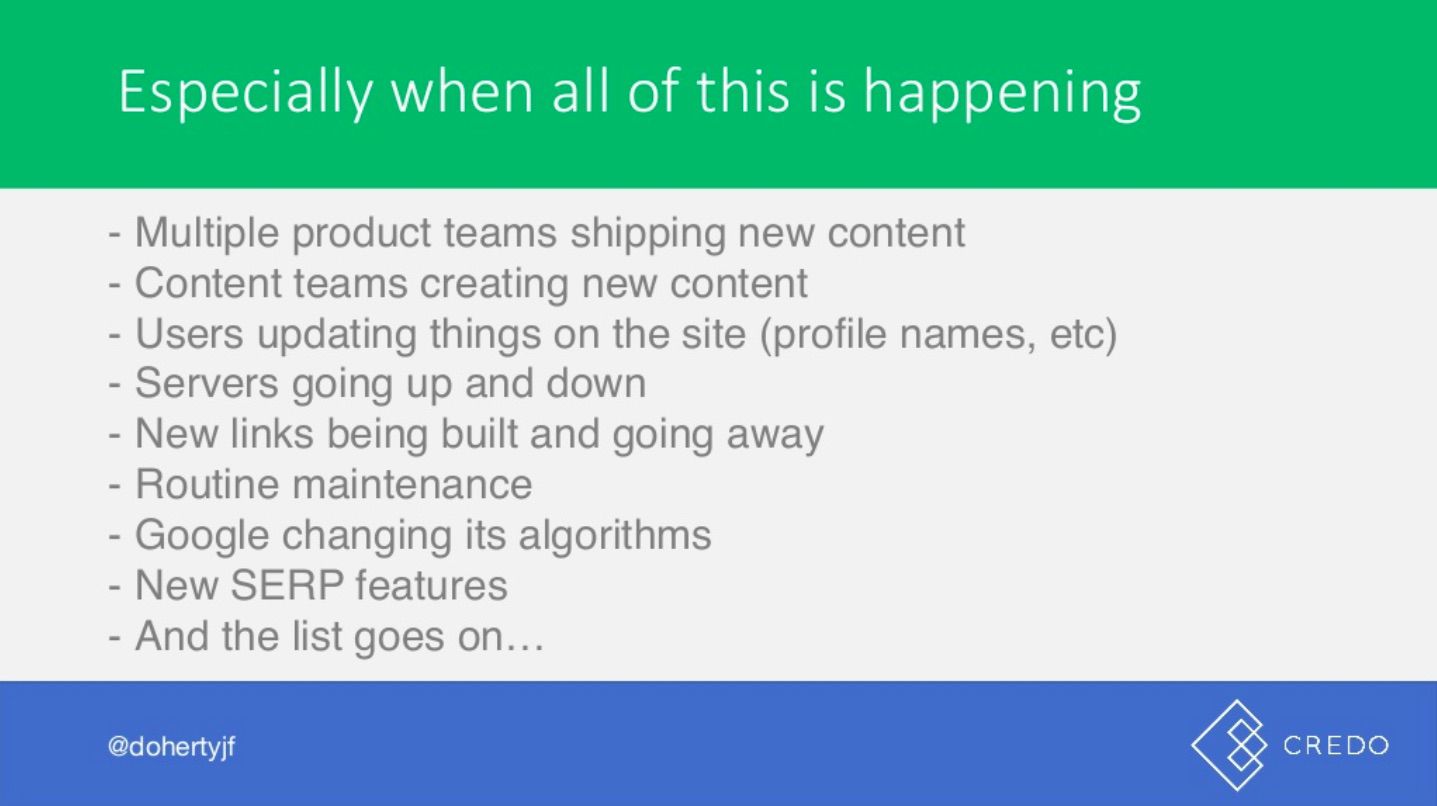
However, John explained that the aim of his presentation was to help SEOs get out of the endless cycle of worrying about what could happen to their sites.
What does SEO monitoring do?
SEO monitoring involves using tools to keep track of the changes on your site to measure their effectiveness for your business. It helps you keep on top of when something has changed which has negatively impacted your site, spot broader trends that you can capitalise on, and put out fires and solve issues before they get out of hand.
The 3 main goals of SEO monitoring are to:
- Focus on the big issues without having to manually check anything
- Know ahead of time when something is becoming an issue
- Track everything that’s happening so you can take action more quickly when issues arise
What you should be monitoring
These are the 4 key areas that John advises you to be monitoring for your site:
- Traffic
- Rankings
- Technical issues
- Major site changes
What should you Monitor for #SEO?
1⃣ Traffic
2⃣ Rankings
3⃣ Technical Changes
4⃣ Major Site Changes
5⃣ Diagnose Other Business ChallengesSays @dohertyjf on today’s DeepCrawl webinar!
— DeepCrawl (@DeepCrawl) August 29, 2018
Traffic
As John puts it: without traffic, you won’t make any money. This means an SEO’s job is to acquire visitors who become customers, which is qualified traffic.
To help you monitor the traffic coming into your site, set up Custom Alerts in your Google Analytics account to tell you when traffic drops or rises dramatically over a certain period of time. Go to Admin > Custom Alerts (which is in the View Settings column).
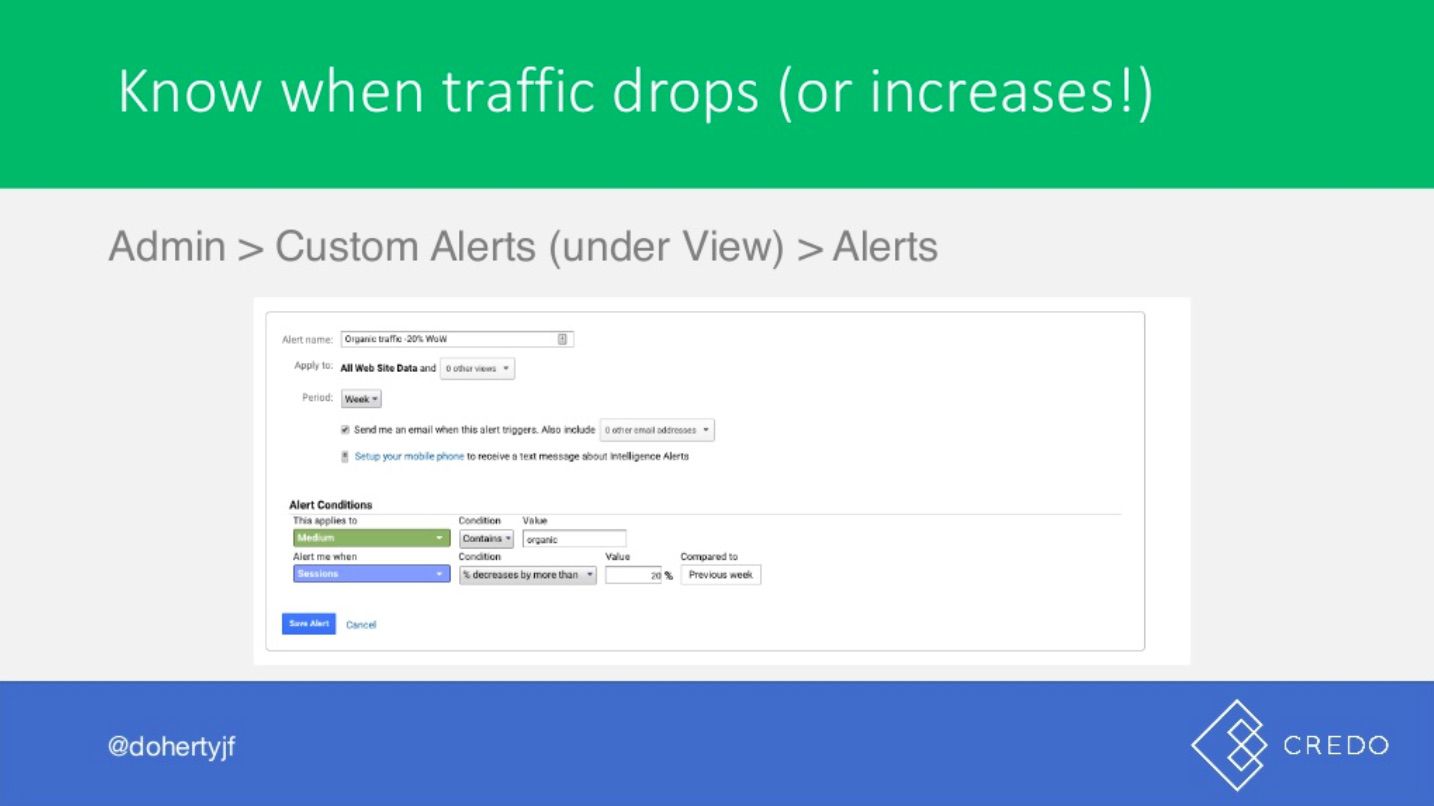
To make your traffic analysis more useful rather than looking at overall traffic, try monitoring traffic to different site sections to more easily identify problem areas. You can build this out within your Google Analytics profile too. It’s also useful to split out traffic by device so you can monitor issues on desktop vs mobile.
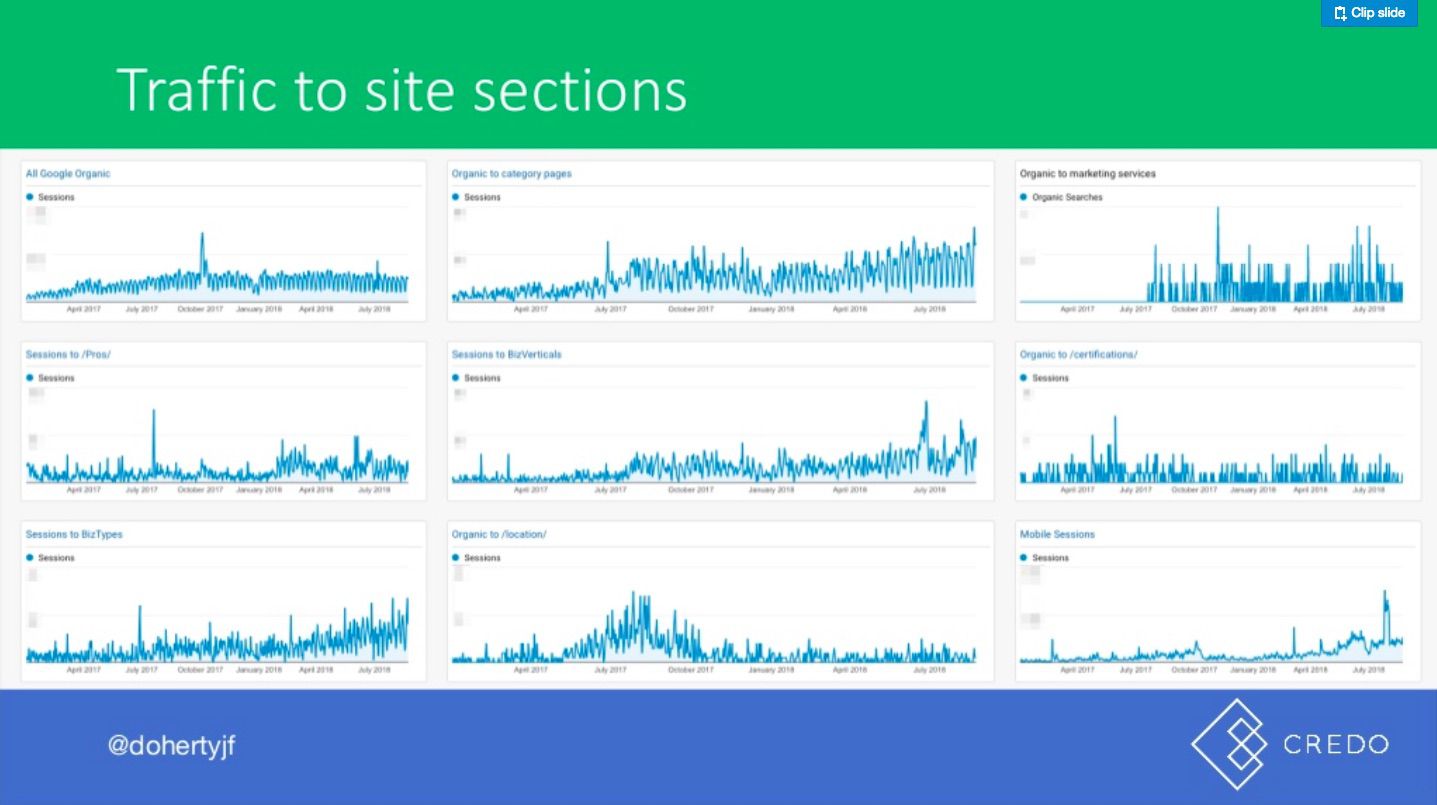
Rankings
John explained that rank tracking is very much alive, but we need to be tracking keyword buckets rather than individual keywords. Bosses usually ask questions about how particular keywords are ranking but this isn’t the way to think about ranking. Instead you should be tracking groups of keywords so you can get the bigger picture of fluctuations. Rank tracking in this way shows you where there are opportunities.
With the keyword ranking tools you use, make sure you can get weekly alert emails on keyword performance to save you from doing too many manual checks. With these emails you can then build up a history which can be used to build cases for the projects that have worked well. So if you worked on a campaign and you track the ranking performance of the keyword bucket for that campaign over time and a trend graph shows significant improvements, this can help you get buy-in for other projects as you’re able to prove your success.
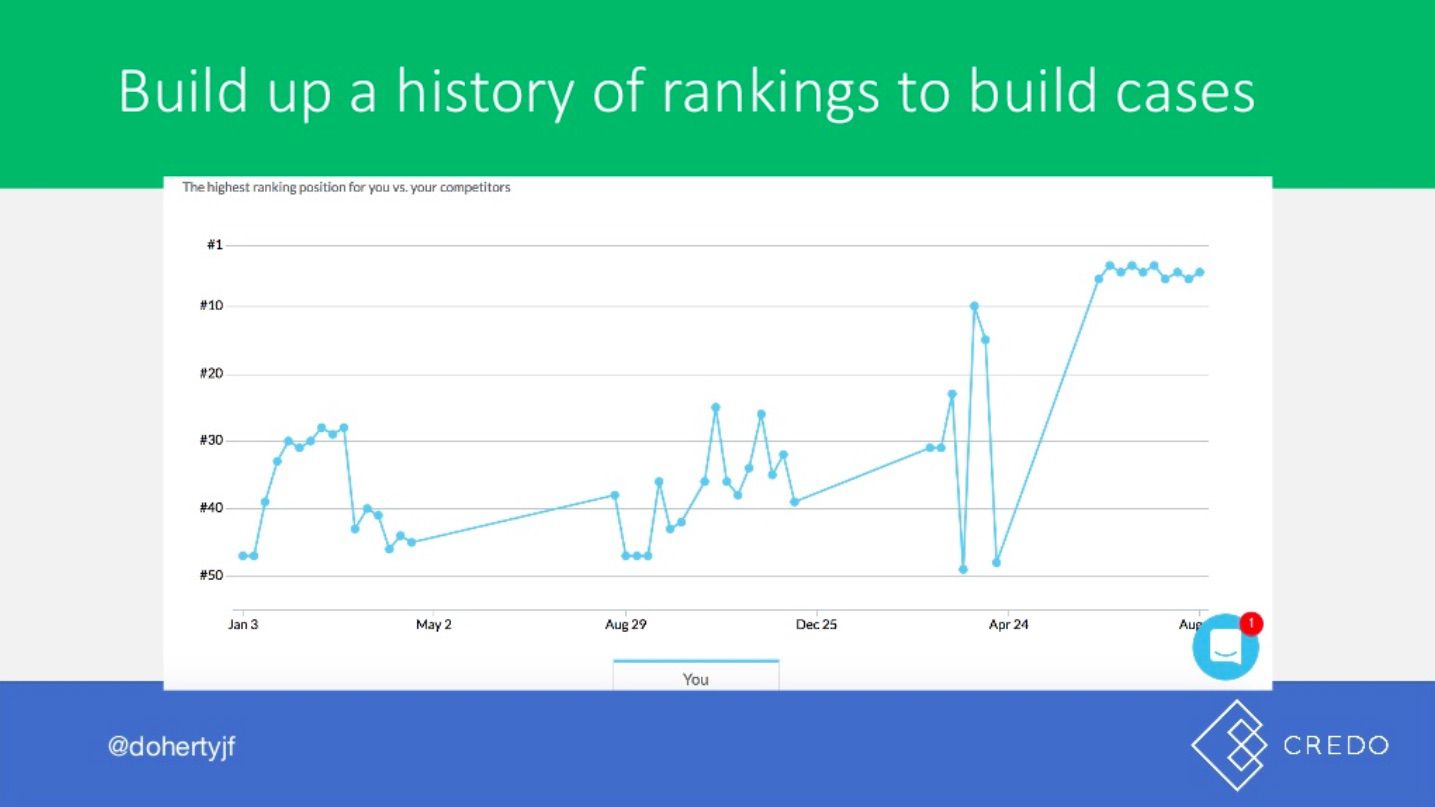
Technical issues
The number of technical issues will always slowly creep up. This is just the nature of websites, especially the larger ones that change often, meaning ongoing monitoring is crucial. This is why John recommends keeping a list of prioritised tasks in a backlog, updating the progress of tasks as you go along. In order to get these tasks completed, we should think more like a Product person and strategically assess the impact vs effort for each task to help us prioritise the fixes that will bring the most value with the least amount of resource.
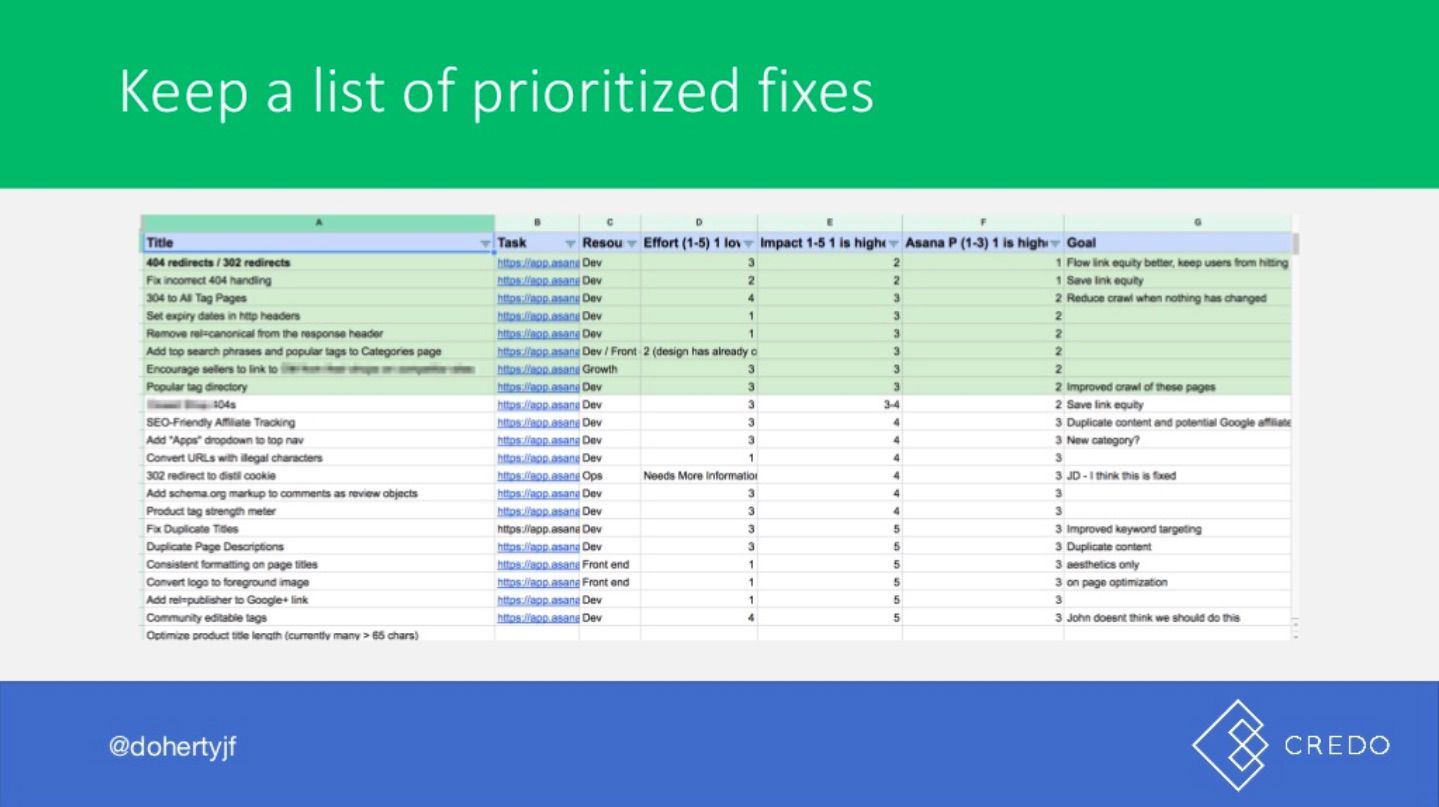
John advised using a crawling tool which has a weekly crawl report showing changes on your site, and used DeepCrawl as his example. With the tool’s capability to schedule weekly crawls, in this report you’ll see an overview of the main technical issues on your site and how they have increased or decreased in the number of affected pages over time. This shows you what’s being fixed and what’s getting worse.
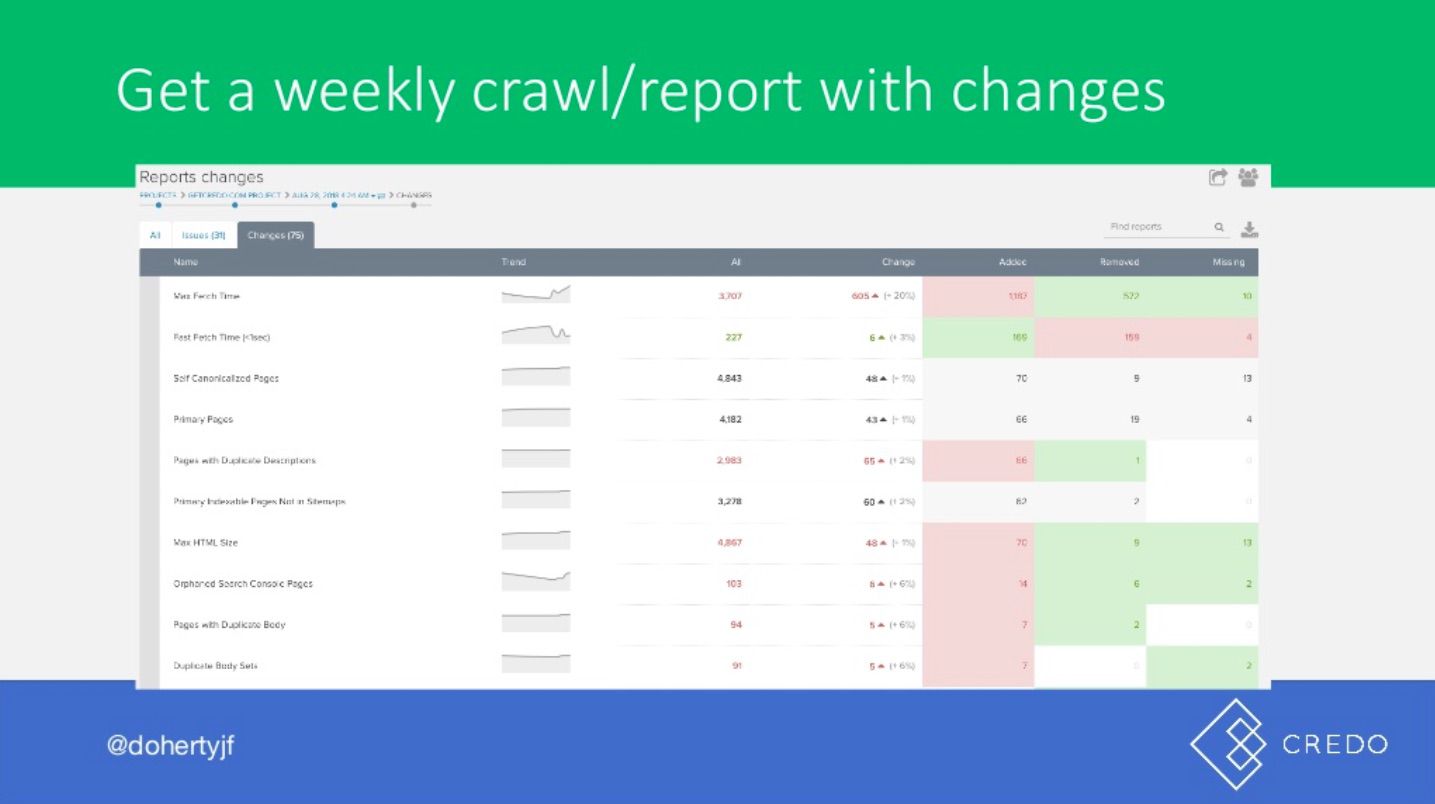
As this monitoring shows these technical issues growing, you can then reprioritise the tasks in your backlog list.
Major site changes
As well as the more granular, technical details, you also need to be able to keep track of the large-scale changes on your website to help you diagnose larger business challenged. John explained that one of the best ways to keep track of these changes is by annotating your Google Analytics account so you have a centralised view of what was changed which you can compare against traffic trends.
John’s recommended tools
In order to cover all bases, John recommends using 4 main tools:
- A keyword tracker: STAT, Moz or SEMrush
- A crawling tool you can automate: DeepCrawl
- An analytics platform: Google Analytics
- An alert tool: LittleWarden or SanityCheck.io
Tools you need for #SEO Monitoring:
▶️ Rank Tracking Tool (Shoutout to @getSTAT )
▶️ Crawler (John Doherty’s go to crawler)
▶️ Google Analytics
▶️ A tool like @littlewardenapp or SanityCheckVia @dohertyjf on today’s DeepCrawl webinar pic.twitter.com/na25bjlxGo
— DeepCrawl (@DeepCrawl) August 29, 2018
Use cases for SEO monitoring
Here are some example use cases for SEO monitoring:
- When you’re asked why a business is no longer ranking for its brand name. With SEO monitoring you can see if any major changes have been rolled out on the site, if the keyword tools show the same issue, and if organic traffic is down to the homepage.
- When you’re asked why leads have dropped. With monitoring set up, you can identify which channels have been affected, which page groups have been affected, and whether or not this all points to a search engine algorithm change or a manual action penalty.
- Audit your competitors as well as your own site. This means if traffic drops on your site you’ll be able to see if it’s because your competitor overtook you with a big change such as publishing new content or implementing a faster site.
Join our next webinar on internationalisation
Thanks again to all of our attendees and those of you who caught up on the webinar with this recap post. We hope you learned lots of useful SEO monitoring insights to help make your lives in SEO that little bit easier.
If you enjoyed this webinar, we’re sure you’ll get a lot of value from the next webinar on our agenda too: on 19th September Jon Myers will be speaking with Aleyda Solis all about international SEO, which is a session you absolutely will not want to miss. Make sure you book your spot to get world-class advice on internationalisation best practice.
